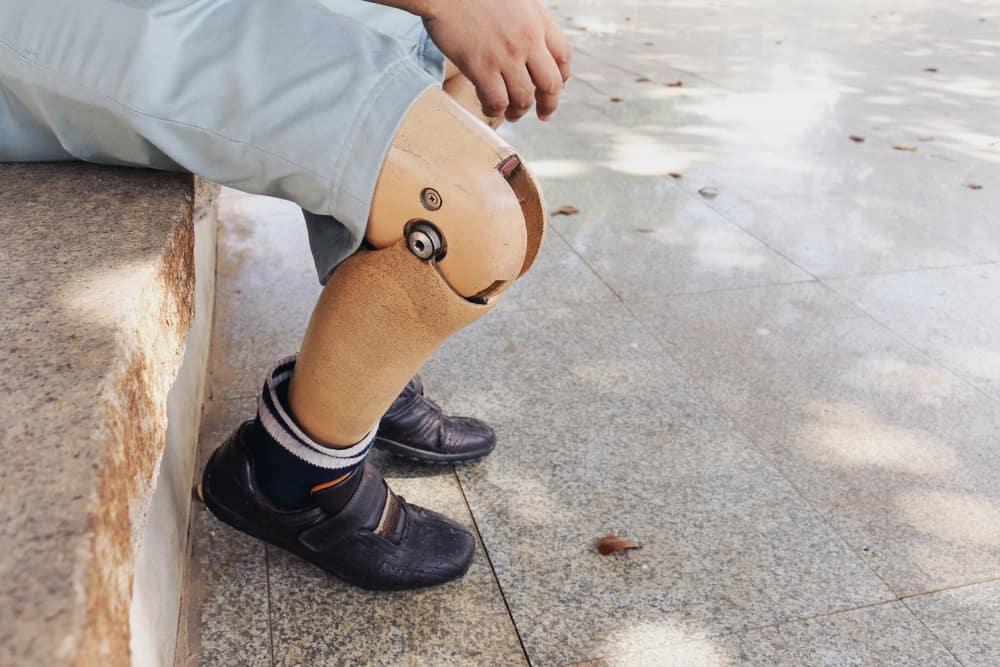Easy Tips to Take Care of Fake Feet to Make it Long-Lasting and Always Comfortable to Wear
Thanks to the sophistication of medical technology, many people are greatly helped by the presence of prosthetic limbs to help them move. If the treatment is right, using prosthetic feet can even keep you productive just like before amputation. So, how to take care of a true and good prosthesis?

How to care for a true and good prosthesis
The first use of artificial limbs will usually be guided step by step by your medical team. After that, it is you who must wear and care for the prosthesis onwards.
Skin infections and irritations are the most common risk if you do not treat your prosthesis properly. Therefore, caring for a prosthetic cannot be arbitrary.
Here's how:
What should be done if problems arise when using prosthetic limbs?
Even though you have taken good care of your prosthesis, it is possible to keep the problem alive when using it. Here are tips that you can overcome when experiencing these problems:

How to care for a true and good prosthesis
The first use of artificial limbs will usually be guided step by step by your medical team. After that, it is you who must wear and care for the prosthesis onwards.
Skin infections and irritations are the most common risk if you do not treat your prosthesis properly. Therefore, caring for a prosthetic cannot be arbitrary.
Here's how:
- Clean the prosthesis before use, especially the inside and edges that affect your skin. Also wash socks that you usually use to coat the skin before using fake legs.
- Dry all the stiff fake parts thoroughly. The damp prosthetic area can be the ideal "home" for bacteria and fungi to multiply to cause infection.
- Do not use lotions or moisturizers just before using artificial limbs. We recommend using 10-15 minutes before. Make sure the lotion is completely absorbed into the skin.
- Make sure that the prosthesis you use is right for your foot size. Usually, prosthetic limbs will be made according to your body size, if the size is not correct, you should immediately talk to your medical team.
- Use the right shoes. Avoid using shoes that have different rights. The size and height of prosthetic legs are usually adjusted from the start, so it's better that your shoes are adjusted to the size of the fake leg.
- Keep your weight healthy. Fake feet can feel cramped if you experience weight gain, which can affect your comfort with prosthetic limbs.
- If you have diabetes, you should check your foot skin condition frequently, if there are cuts or abrasions. People with diabetes are usually susceptible to infection wounds, so it is better to prevent wounds from the start.
- Always remove fake legs when you are resting. Do not forget to check if there are parts of the prosthesis that are dislodged or damaged periodically.
- Regular exercise and exercise. This habit will make your leg muscles become stronger, making you more comfortable using fake legs.
What should be done if problems arise when using prosthetic limbs?
Even though you have taken good care of your prosthesis, it is possible to keep the problem alive when using it. Here are tips that you can overcome when experiencing these problems:
- If the skin has blisters or even pimples and boils, then don't carelessly break the boils. It is better to use a clean cloth or bandage to cover it until the boil is deflated itself.
- If the skin feels itchy and spots appear, you should stop using the prosthesis until the symptoms disappear.
- If the skin is red and the symptoms do not go away even if you have stopped using prosthetic limbs for some time, then see your doctor immediately.